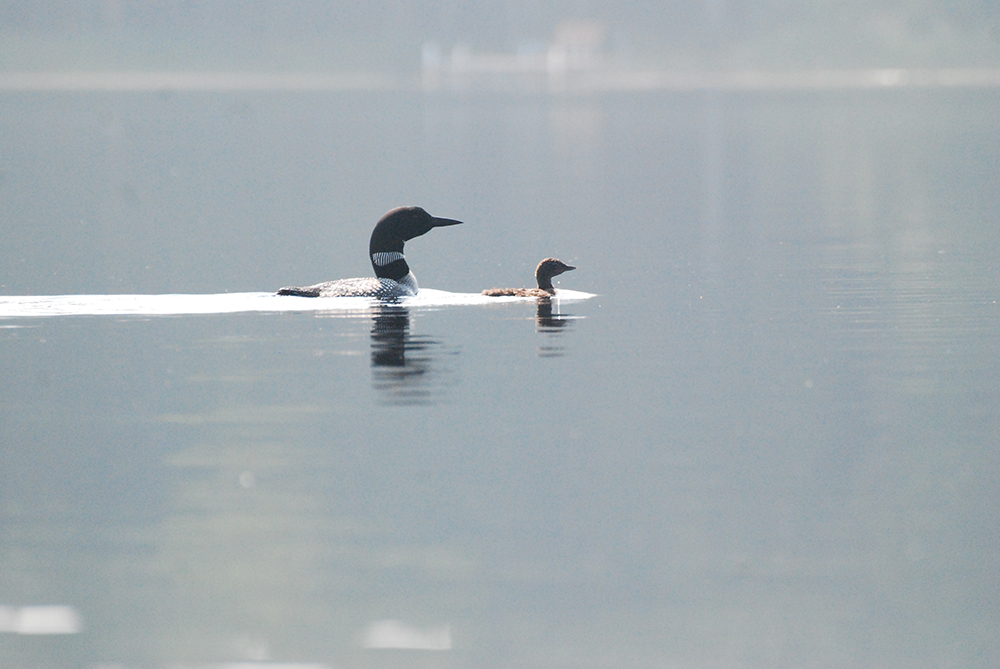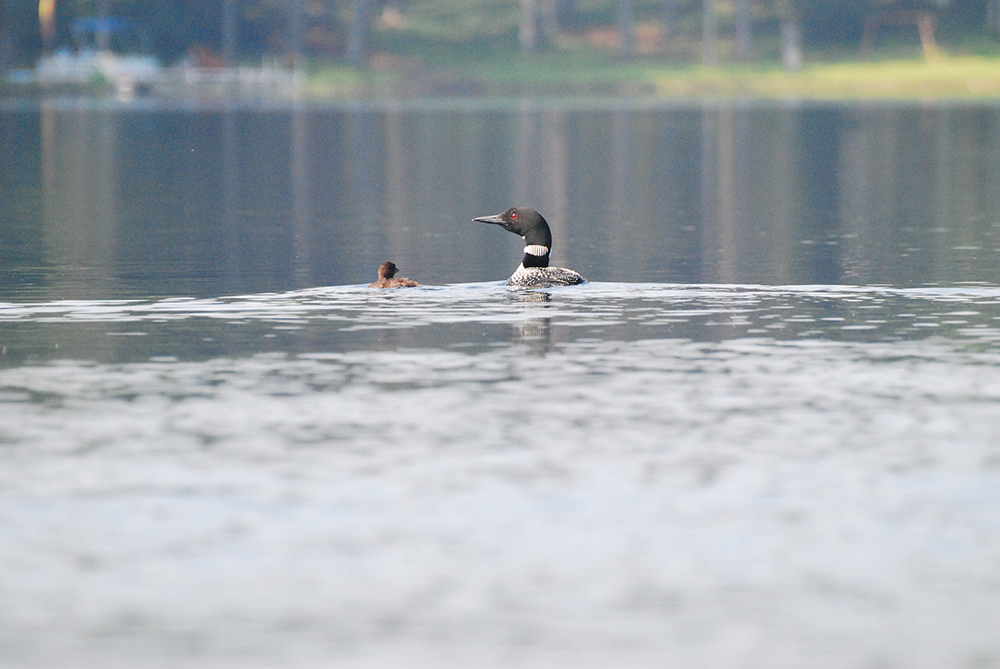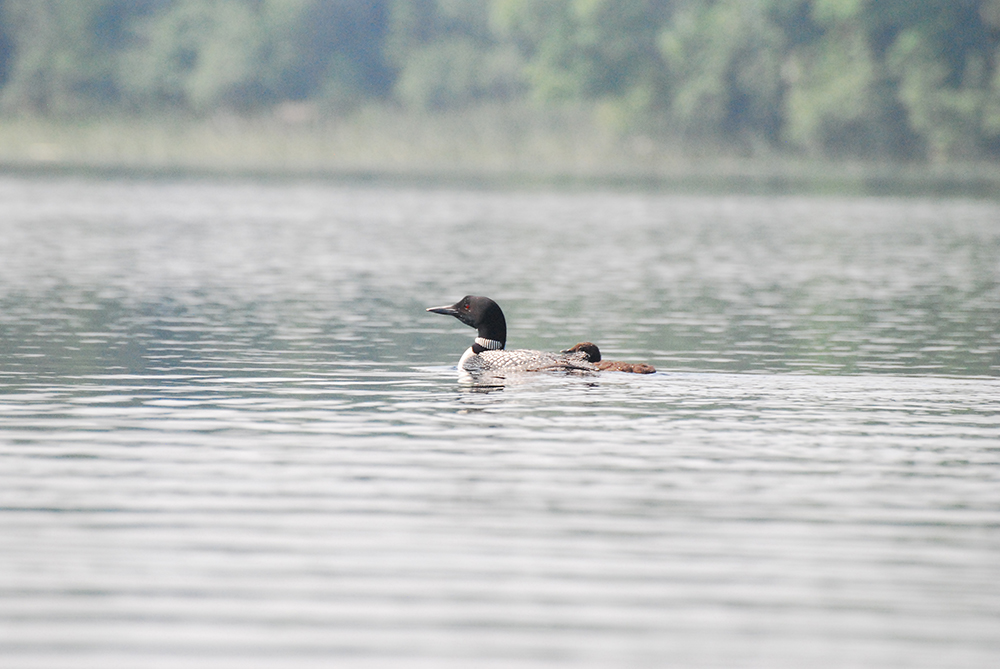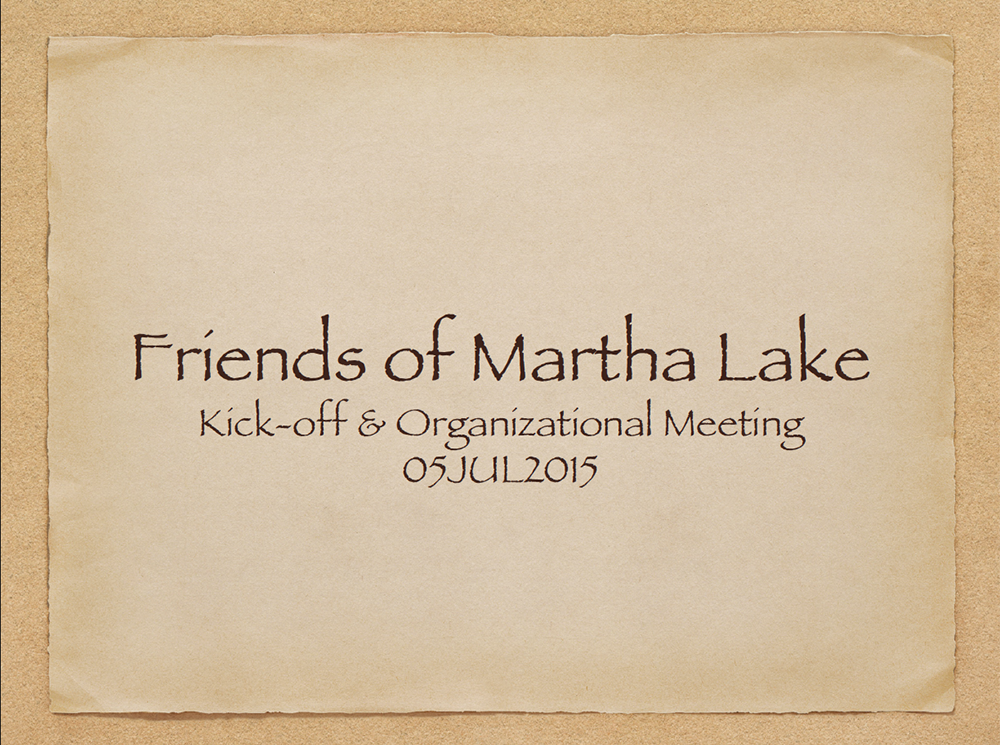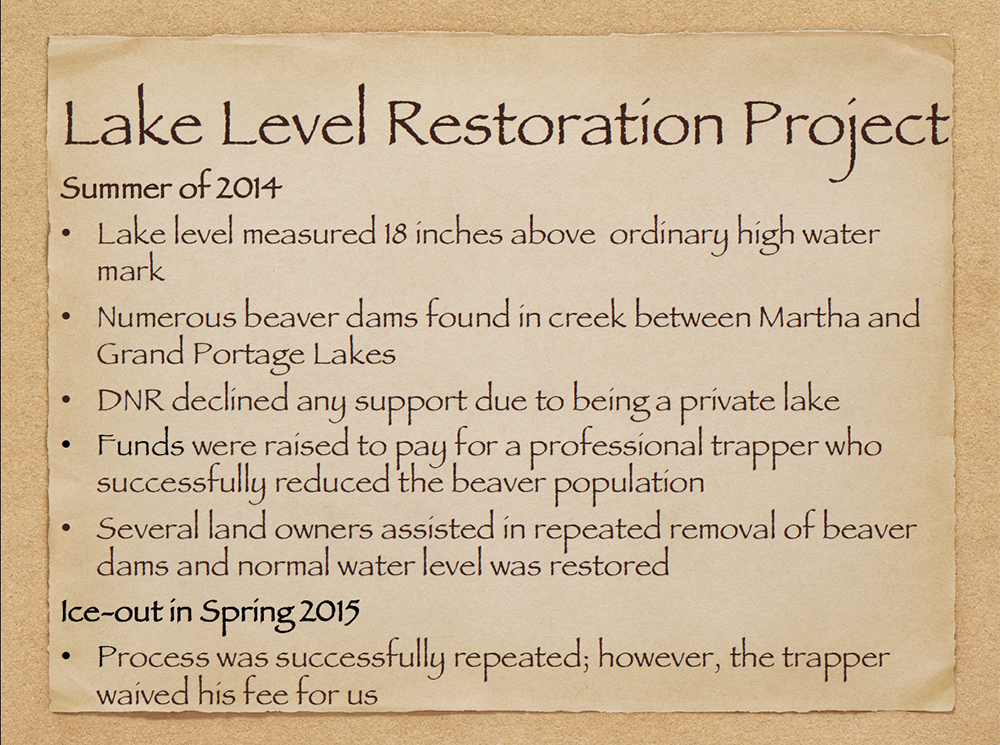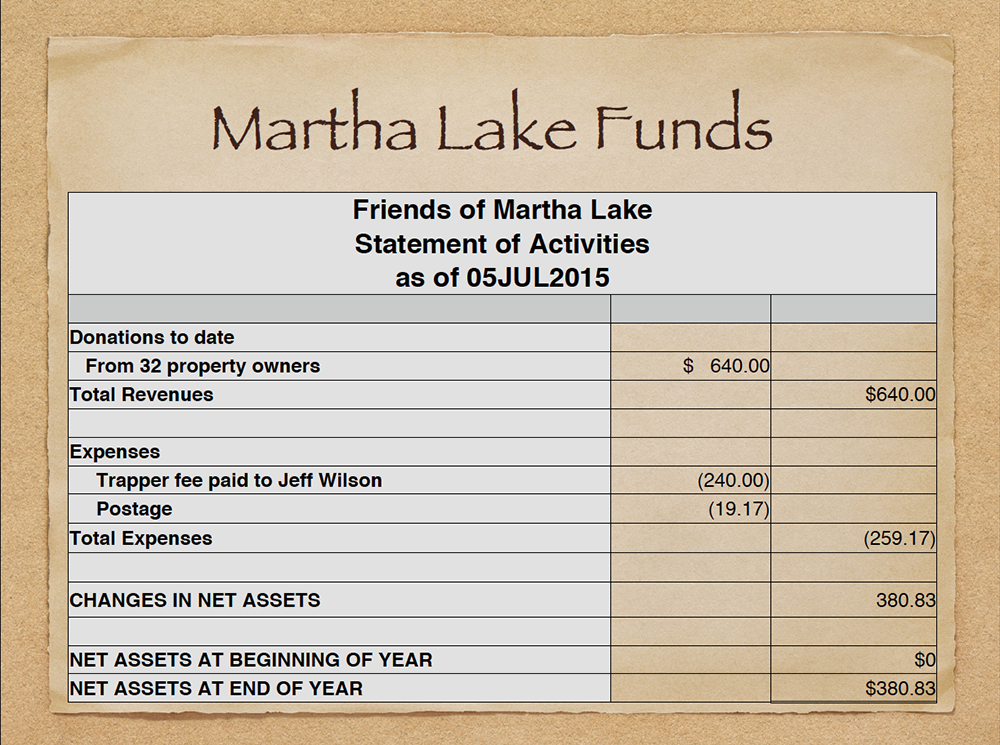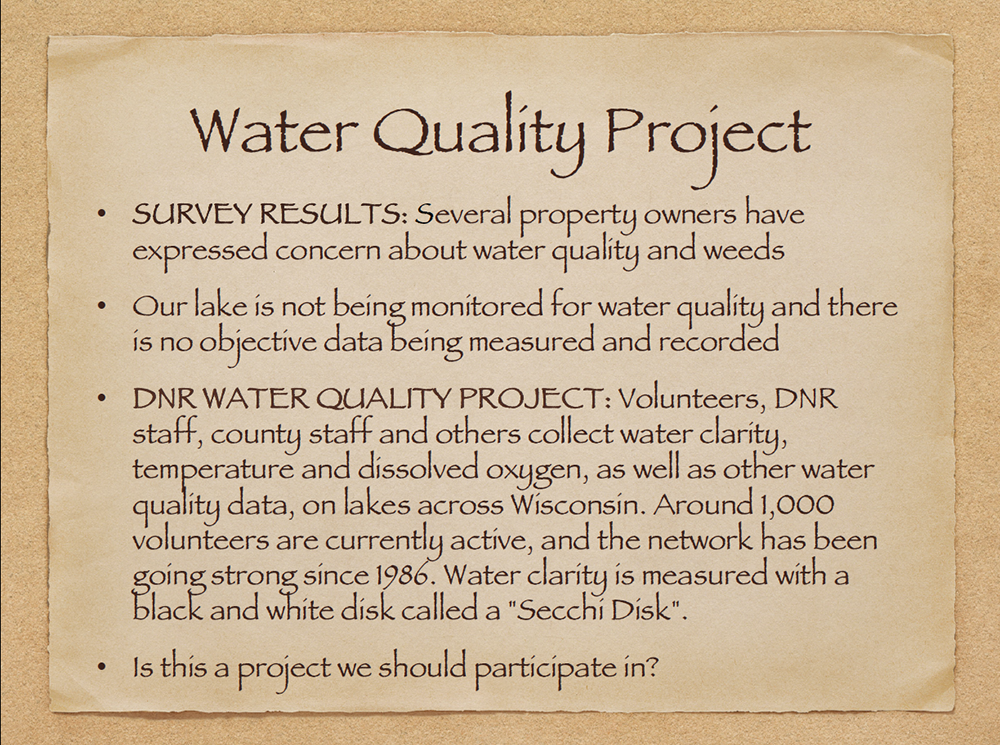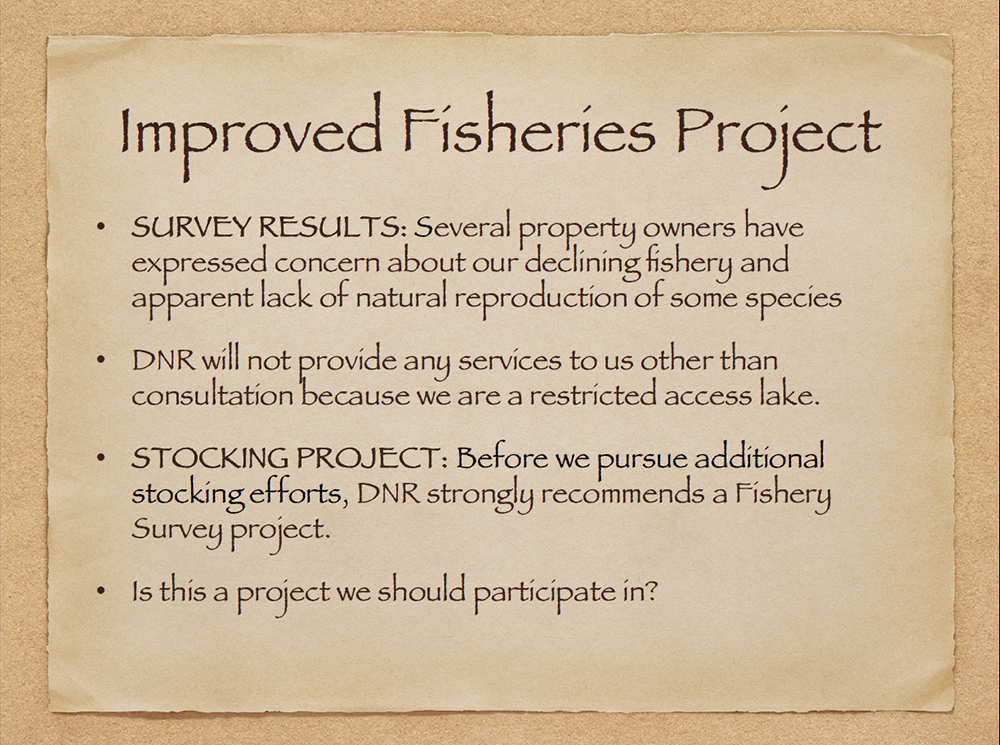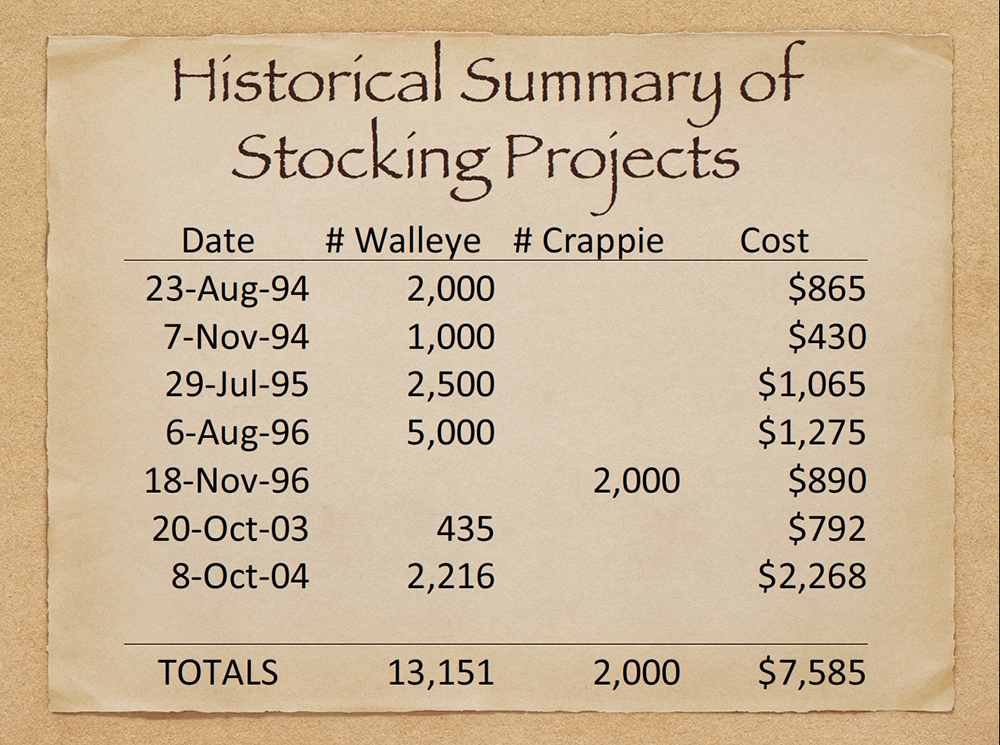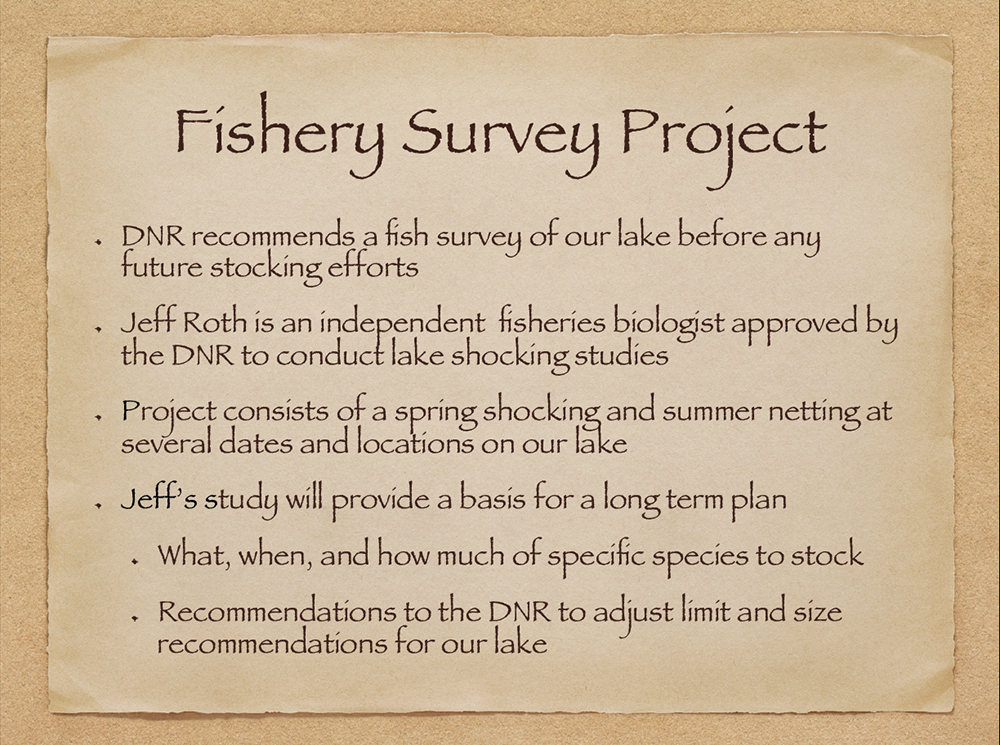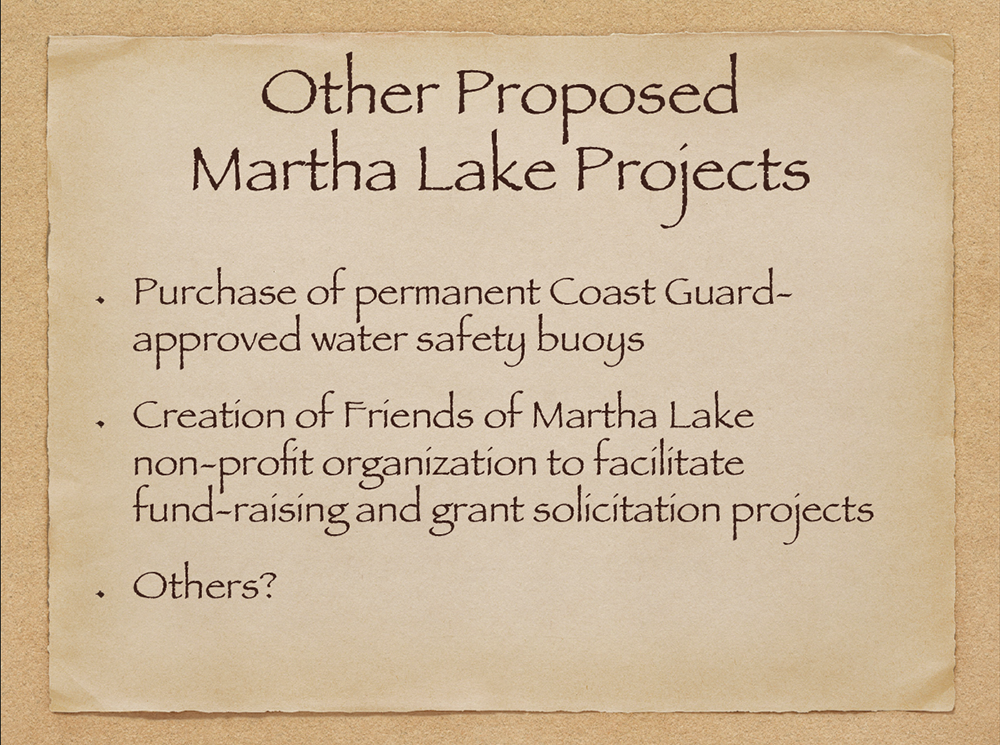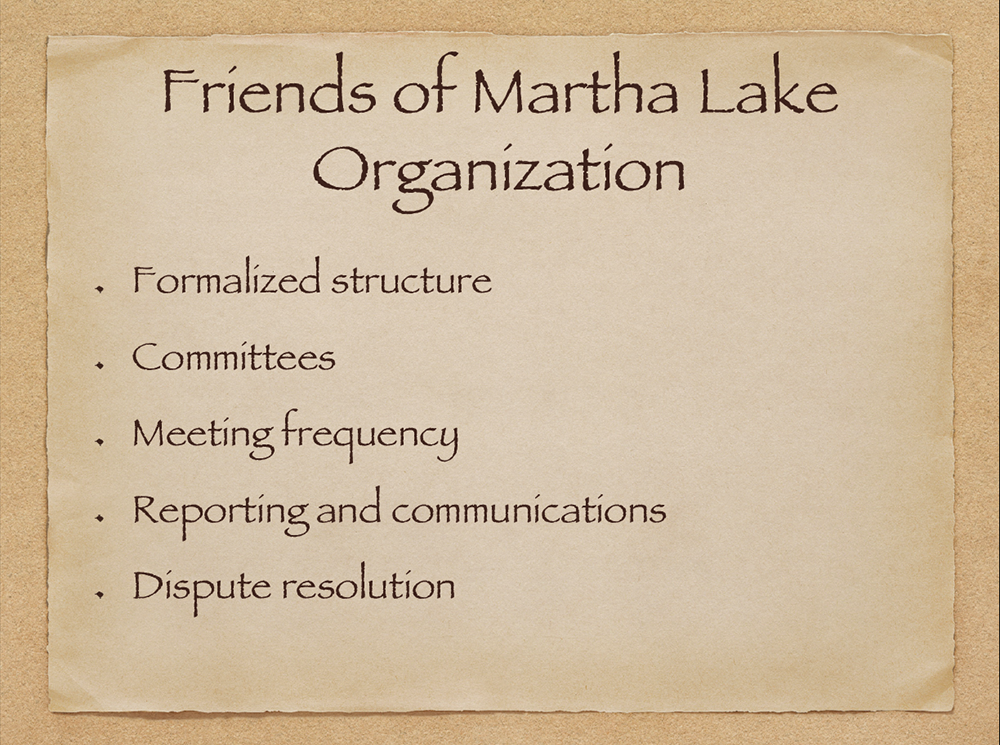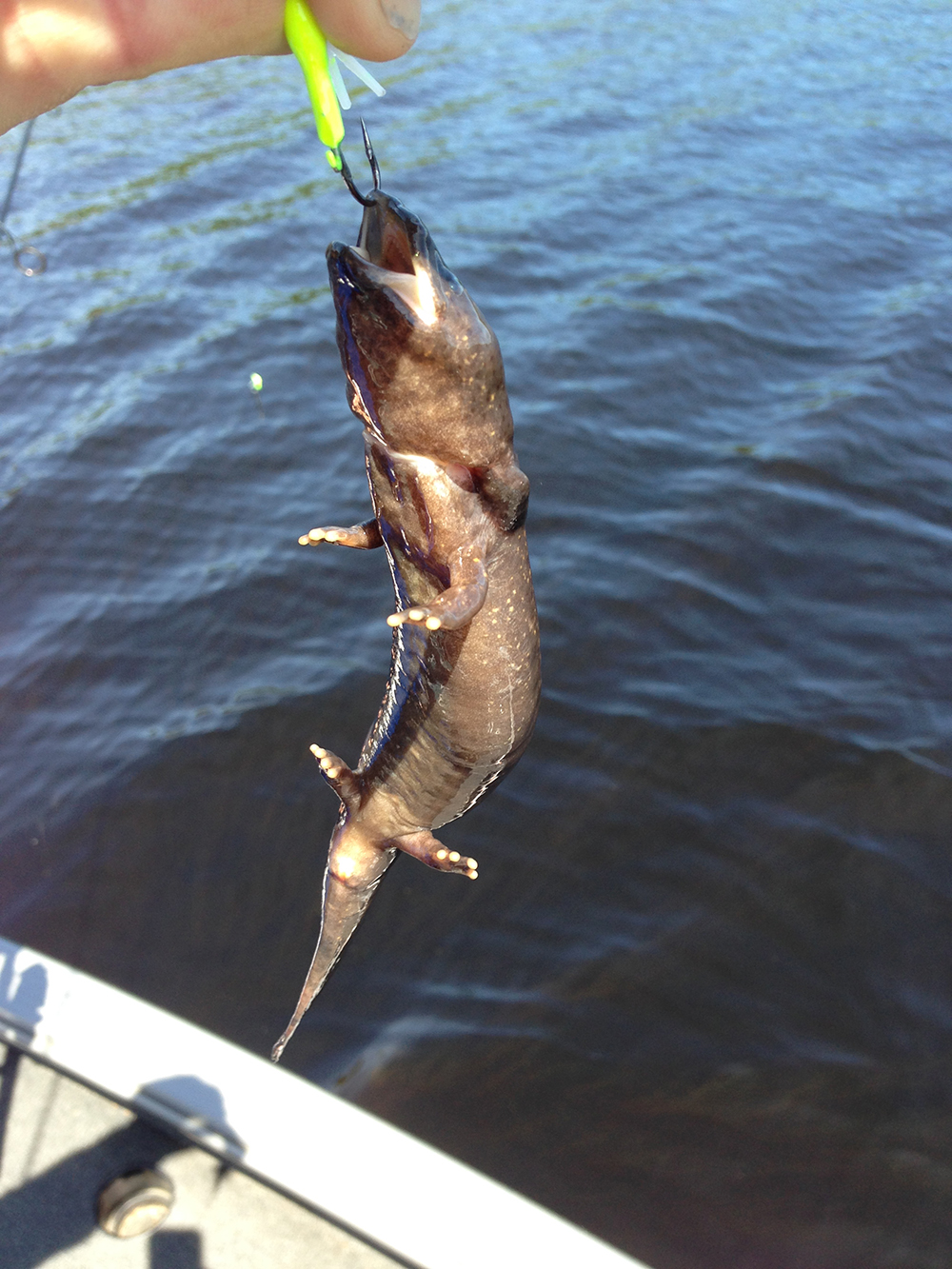
This mudpuppy (Necturus maculosus) was caught by Jim Trotter while fishing with Todd Emro. The are prevalent in North America and can grow to be 13", this guy was only 6 inches. They eat weeds and fish eggs. I posted the photo on North Lakeland Discovery Center's Facebook page to see what they had to say about this. This was their reply. "Looks like a mudpuppy (Necturus maculosus), a Native amphibian related to frogs and salamanders. It's actually a species in decline and of concern in WI."
Mudpuppies (Necturus maculosus), a species of special concern in Wisconsin, prefer medium to large rivers and lakes. They have a preference for completely aquatic microhabitats such as riprap, talus, boulder/rock piles, beneath flat rocks, under large sunken woody debris, dense mats of submergents in the deep littoral zone, or eroded pockets of clay lenses in riverbanks. Mudpuppies are active year-round, breed in late fall and spawn in June. Eggs hatch in July or August. This amphibian species is the only host of the state-threatened salamander mussel. This species is not actively tracked in the Natural Heritage Inventory Database, but it could be tracked in the future if there is further evidence of its decline.
Conservation actions
• Better coordination between fisheries and wildlife agencies would improve mudpuppy monitoring, research and management efforts.
Better coordination between fisheries and wildlife agencies would improve mudpuppy monitoring, research and management efforts.
• Changes in regulations may be needed depending on harvest levels and population trends.
Changes in regulations may be needed depending on harvest levels and population trends.
• Education is needed to dispel common misconceptions about the species, such as that mudpuppies are poisonous, that mudpuppies are detrimental to game fish, and that mudpuppies should be killed.
Education is needed to dispel common misconceptions about the species, such as that mudpuppies are poisonous, that mudpuppies are detrimental to game fish, and that mudpuppies should be killed.
• Fisheries policy needs to better account for mudpuppy habitat and ecology.
Fisheries policy needs to better account for mudpuppy habitat and ecology.
• Harvest records need to be tracked to evaluate commercial trends.
Harvest records need to be tracked to evaluate commercial trends.
• Long term monitoring is needed to evaluate population status and track trends of representative populations.
Long term monitoring is needed to evaluate population status and track trends of representative populations.
• Major strides in policy and education are needed to ensure that wildlife habitat is represented and considered in zoning and planning decisions.
Major strides in policy and education are needed to ensure that wildlife habitat is represented and considered in zoning and planning decisions.
• Permanent protection of shorelines and buffers would benefit the species throughout its range.
Permanent protection of shorelines and buffers would benefit the species throughout its range.
• Research is needed to determine the long term effects of TFM on mudpuppy populations, and to develop sea lamprey-specific control methods that do not harm mudpuppies.
Research is needed to determine the long term effects of TFM on mudpuppy populations, and to develop sea lamprey-specific control methods that do not harm mudpuppies.
• Restoration of instream habitat, along with watershed and shoreline protection efforts, would benefit this species.
Restoration of instream habitat, along with watershed and shoreline protection efforts, would benefit this species.
• The spectaclecase and salamander mussels are also Species of Greatest Conservation Need. Because the juvenile stages of these mussels use the mudpuppy as a host, actions taken to preserve the mudpuppy may aid conservation of spectaclecase and salamander.
The spectaclecase and salamander mussels are also Species of Greatest Conservation Need. Because the juvenile stages of these mussels use the mudpuppy as a host, actions taken to preserve the mudpuppy may aid conservation of spectaclecase and salamander.
